Transforming a student’s bedroom into a functional, stylish, and personalized haven can greatly enhance both comfort and productivity. From clever space-saving solutions like loft beds with built-in work zones to budget-friendly DIY accents, these 20 ideas—grounded in expert tips and real-world inspiration—cover everything from color schemes and lighting to storage hacks and decor details. Whether you’re working with a compact dorm, shared apartment, or your childhood bedroom, you’ll find practical strategies to maximize floor space, define distinct zones, and infuse your personal style into every corner.
1. Create a Loft Bed with Integrated Workspace
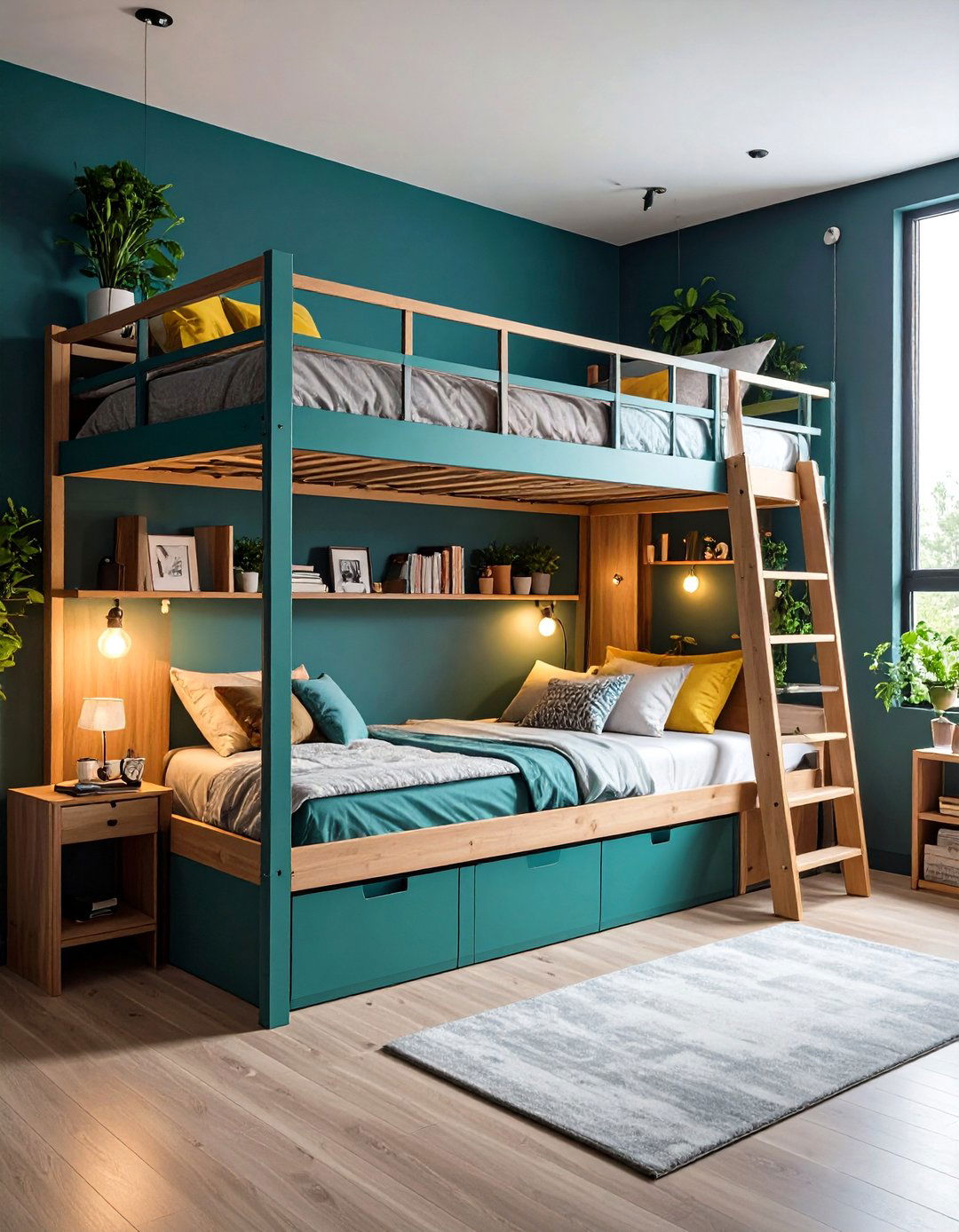
A loft bed elevates the sleeping area to free up valuable floor space underneath for a desk, seating, or storage. Beneath a lofted platform, you can place a compact study nook with shelving and task lighting, turning wasted vertical space into a dedicated work zone. For added functionality, choose designs with built-in drawers or cubbies along the ladder or under the bed to keep school supplies and laundry out of sight. This configuration is ideal for small rooms, allowing you to separate sleeping and studying areas without sacrificing comfort or style.
2. Embrace a Monochromatic Color Scheme
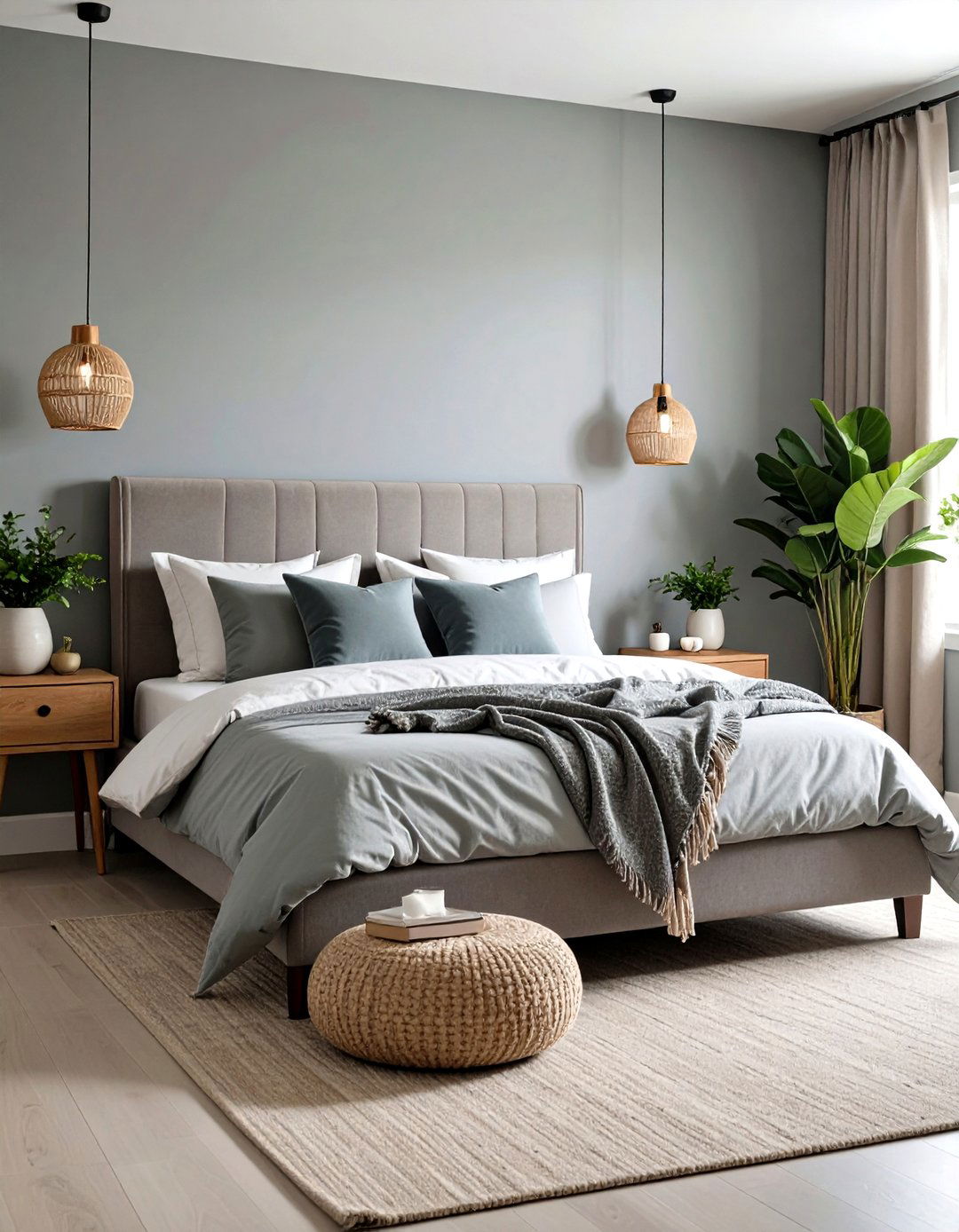
Using one hue in various tints, shades, and tones creates a cohesive, serene backdrop perfect for concentration and rest. Neutral palettes—such as soft grays, beiges, or muted greens—feel calming, while adding depth through textured fabrics (e.g., woven throw blankets, velvet cushions) prevents the space from feeling flat. For a bolder look, choose a saturated color like navy or emerald and balance it with crisp white bedding and metallic accents for a sophisticated contrast. Key to success is layering materials—wood, linen, metal—to keep visual interest high without introducing competing colors.
3. Invest in Multifunctional Storage Furniture
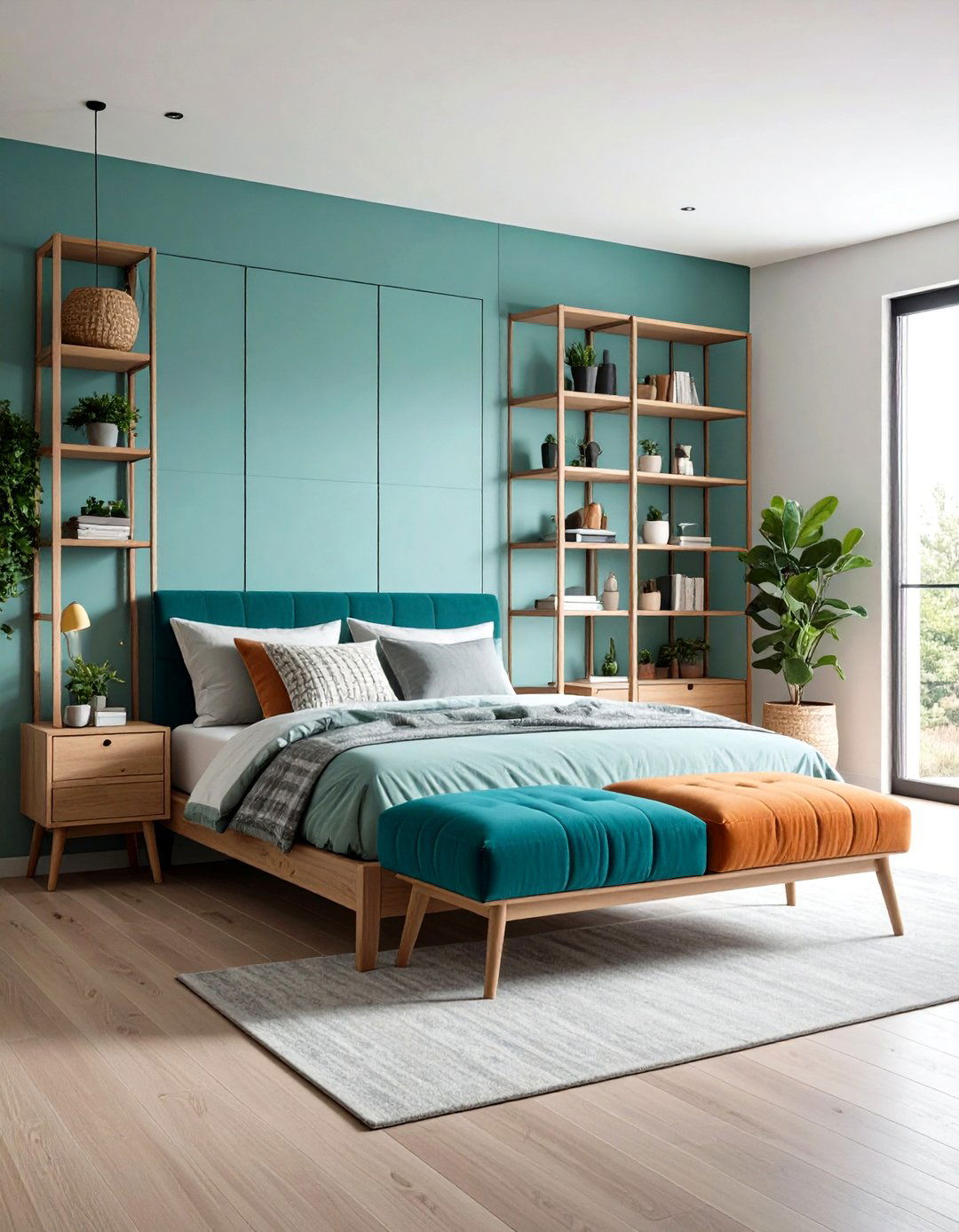
Opt for pieces that serve more than one purpose—think storage ottomans that double as seating or beds with built-in drawers. A storage bench at the foot of the bed can house linens or textbooks, while also providing a spot to sit when getting dressed. Clear or open-base bins under shelving reduce visual bulk and make it easy to see contents at a glance. By combining functionality with clean lines, multifunctional furniture ensures you maintain a streamlined look without sacrificing storage capacity.
4. Maintain a Clutter-Free Minimalist Layout
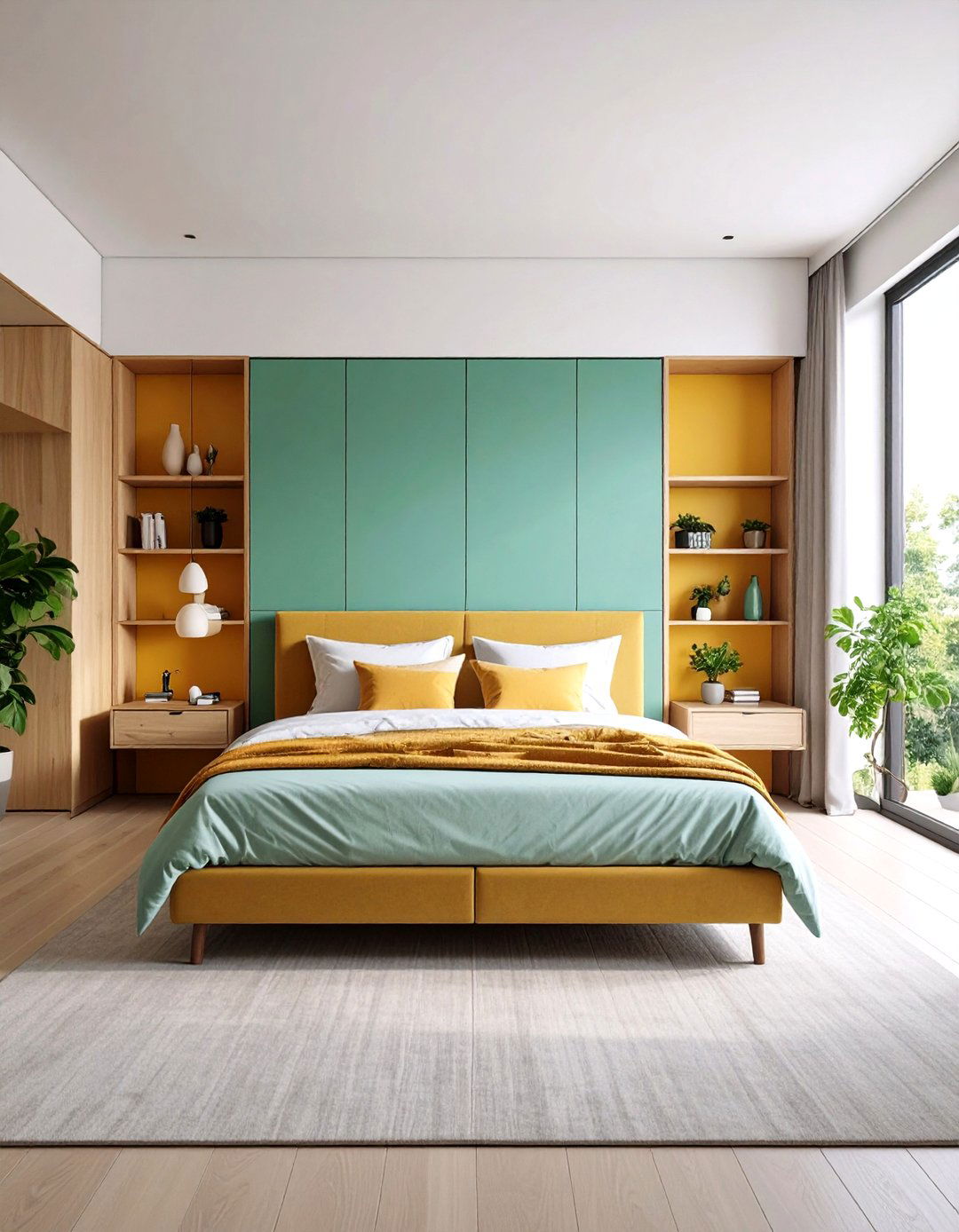
Clutter can undermine relaxation and focus; limit decor to essentials and choose furniture with hidden compartments. Swap oversized nightstands for streamlined models with drawers to conce al bedside necessities. Replace bulky armchairs with smaller slipper chairs that won’t become impromptu laundry piles. Use trays to corral items on dressers, and reserve open shelves for curated decor rather than catch-alls. By sticking to a minimalist approach—prioritizing quality over quantity—you’ll create a calm, organized environment conducive to both study and rest.
5. Design a Dynamic Gallery Wall

Curate a wall of framed photos, art prints, and inspiring quotes to personalize your space. Mix frame styles and mat sizes for a collected-over-time feel, or keep all frames uniform for a sleek, modern look. Gallery walls not only showcase your personality but also cover bland surfaces without permanent alterations—ideal for rentals. Swap pieces seasonally or when inspiration strikes, turning the display into a living gallery that evolves with your tastes.
6. Incorporate Hanging Plants and Greenery
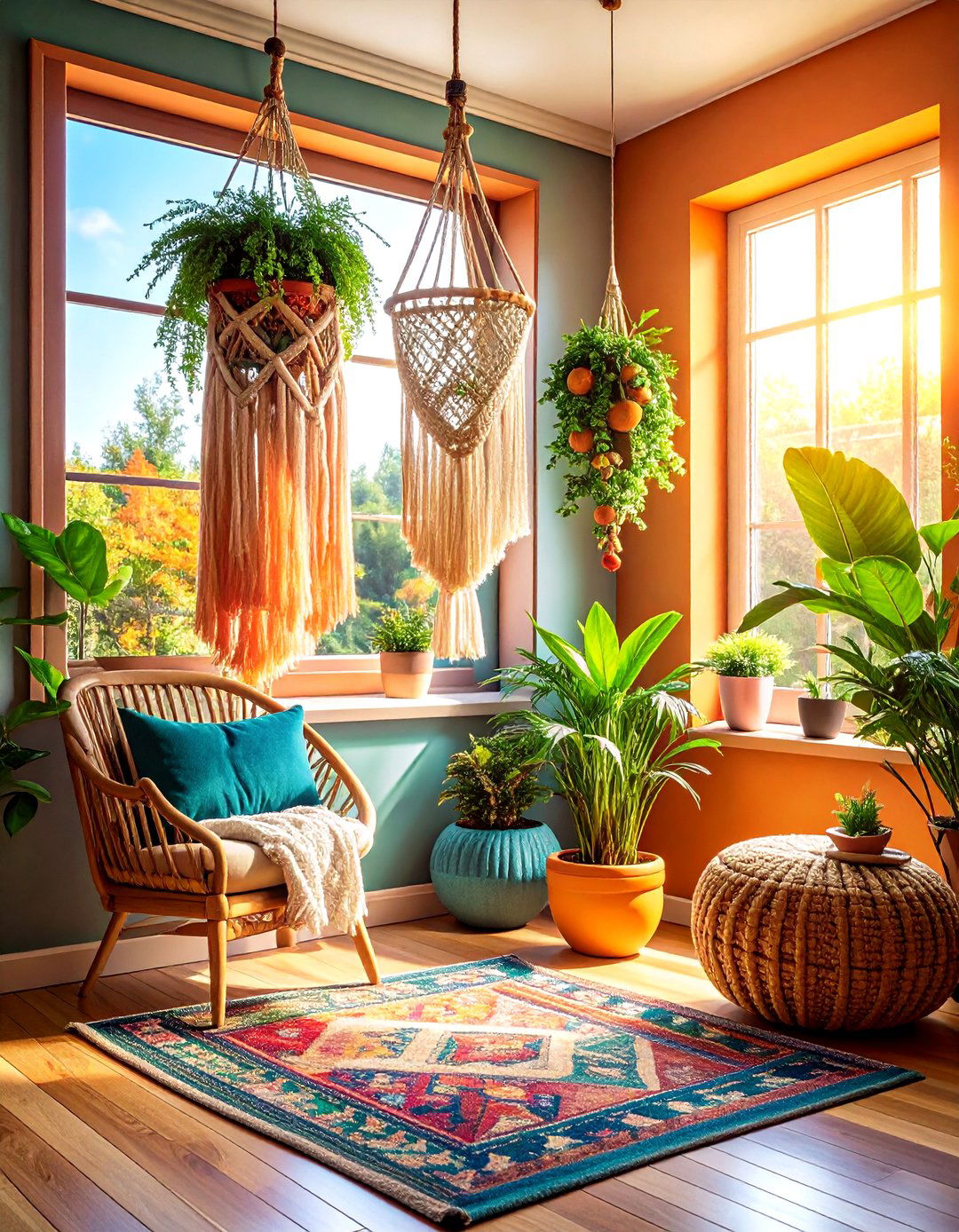
Bring life into the room with low-maintenance, hanging faux vines or real air-purifying plants like pothos and spider plants. Install macramé hangers near windows to add height and draw the eye upward, creating the illusion of taller ceilings. If real plants aren’t an option, high-quality faux greenery still softens harsh lines and adds color without upkeep. Green elements promote well-being and can make even the most sterile dorm feel cozier.
7. Utilize Earthy Tones and Natural Materials
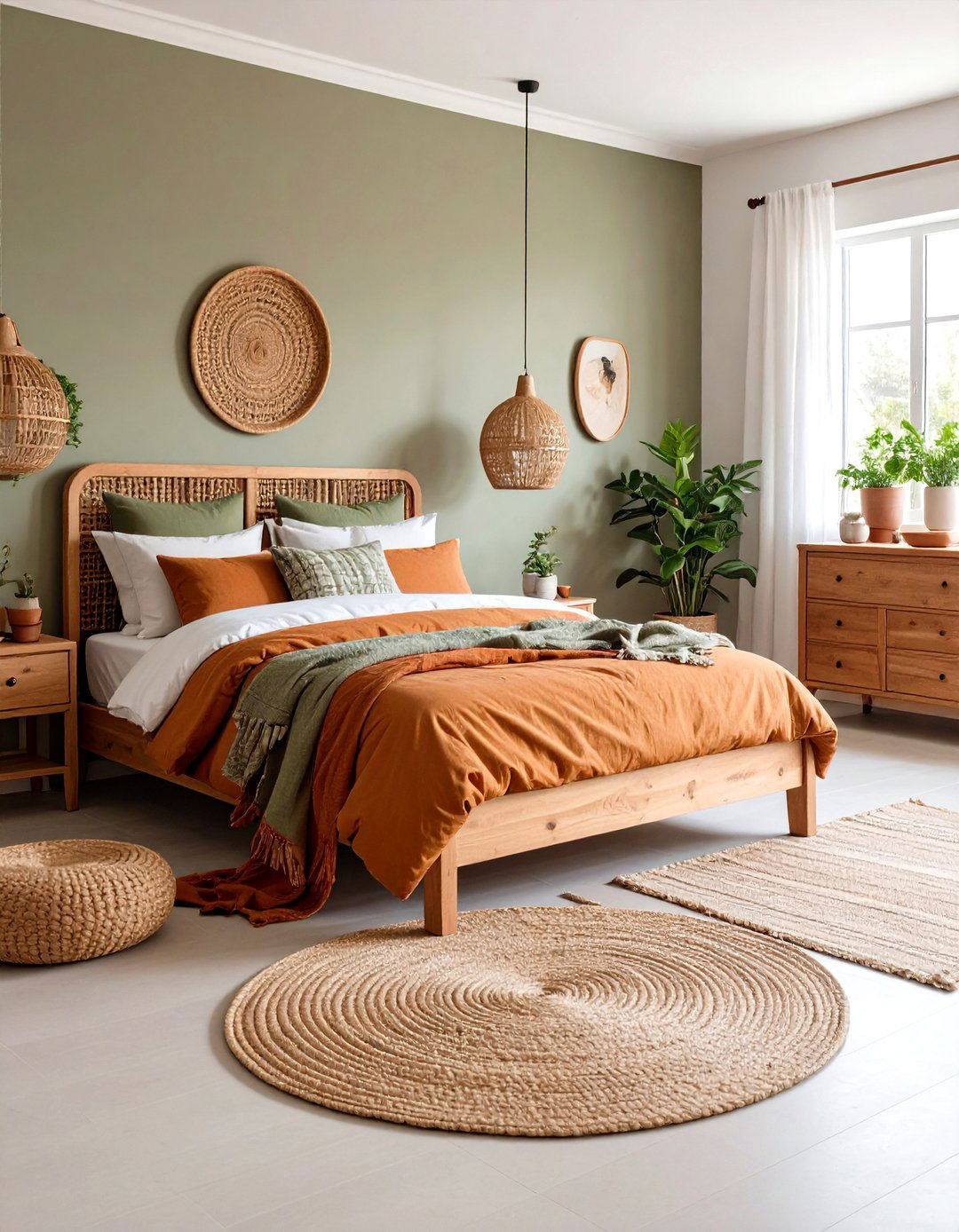
Integrate wood, rattan, jute, and stone for a grounded, organic vibe that stands the test of time. A jute rug adds warmth underfoot, while a reclaimed wood desk or floating shelf introduces texture and character. Accent with linen or cotton textiles in sandy beiges, olive greens, or terracottas to reinforce the natural palette. Earthy materials not only create a welcoming aesthetic but also age gracefully, meaning your decor stays relevant even as trends shift.
8. Define Zones with Room Dividers
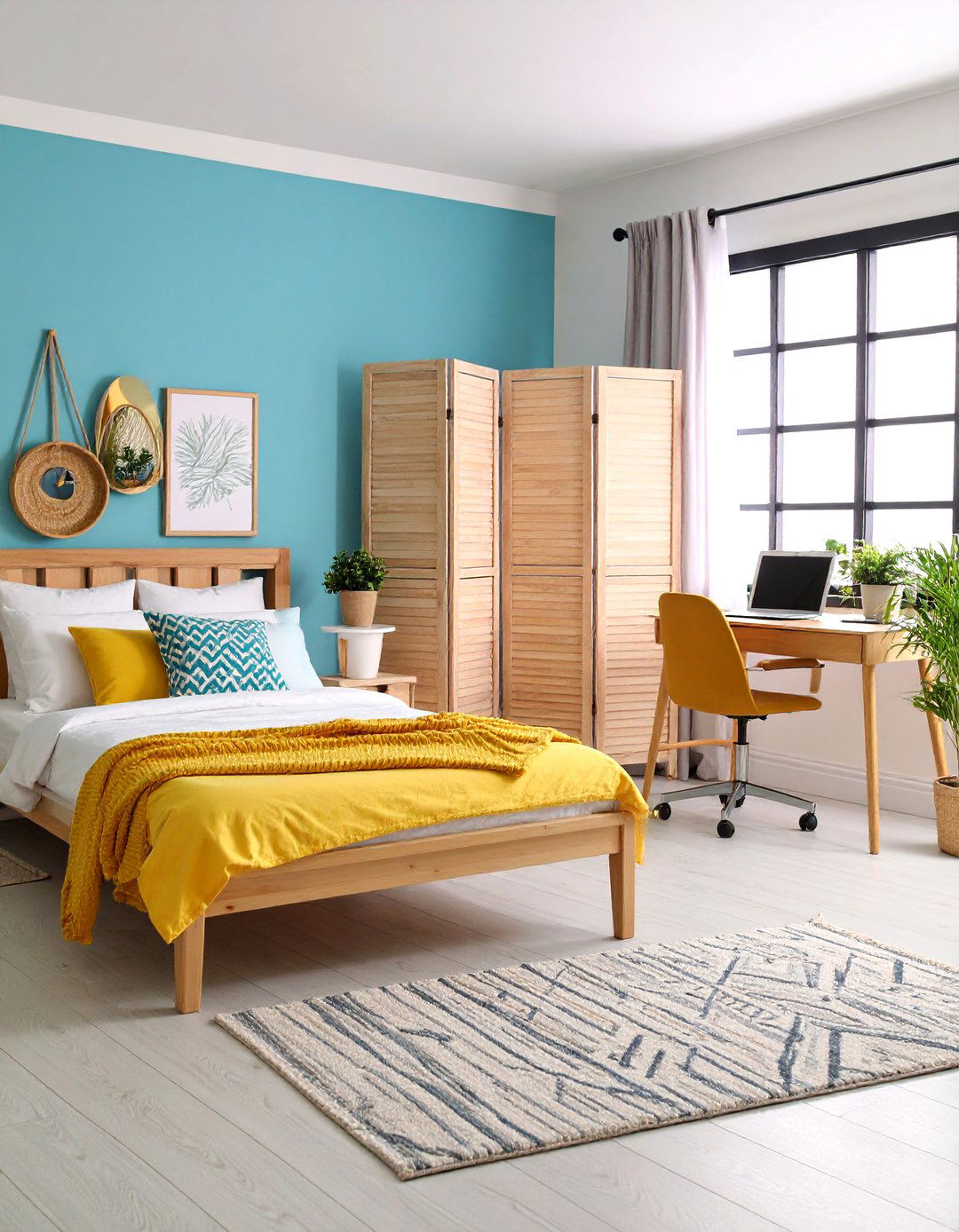
Use folding screens, shoji panels, or open shelving units as temporary walls to separate study, sleep, and lounging areas. A lightweight divider can be moved as needed, allowing you to reconfigure the space for group study sessions or quiet relaxation. For a subtler separation, a curtain hung from the ceiling can conceal the bed at night or hide cluttered areas like laundry baskets. Zone definition helps compartmentalize functions in a small room, making it feel larger and more organized.
9. Install Floating Shelves for Vertical Storage
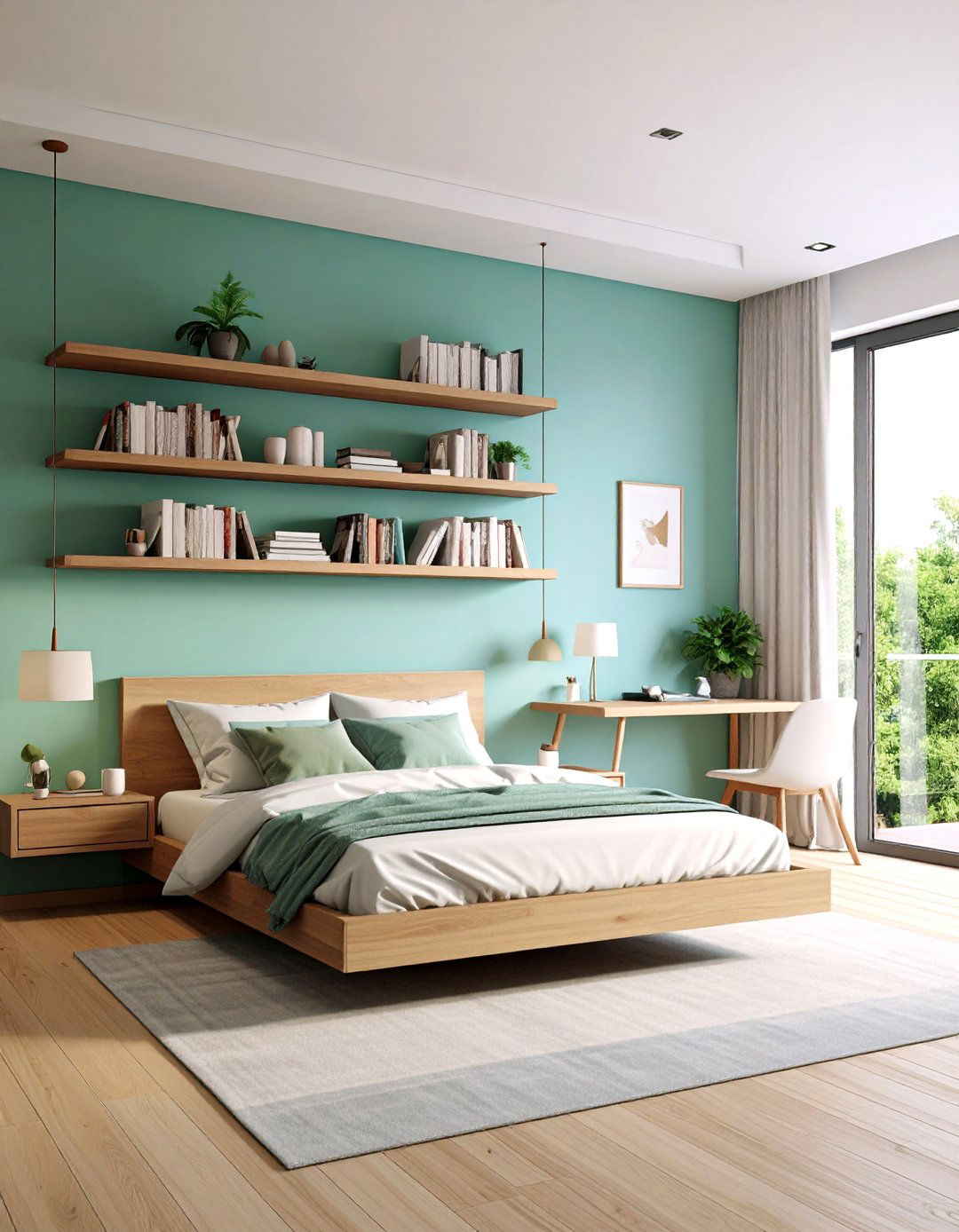
Maximize wall space by installing slim, floating shelves above desks or beds. These shelves are perfect for books, decor, and small potted plants, freeing up desktop and floor areas. Choose sturdy brackets that support weight without sagging, and consider staggered placements for a dynamic, gallery-style display. Floating shelves keep essentials within arm’s reach while maintaining a light, airy feel.
10. Layer Textures for Visual Interest
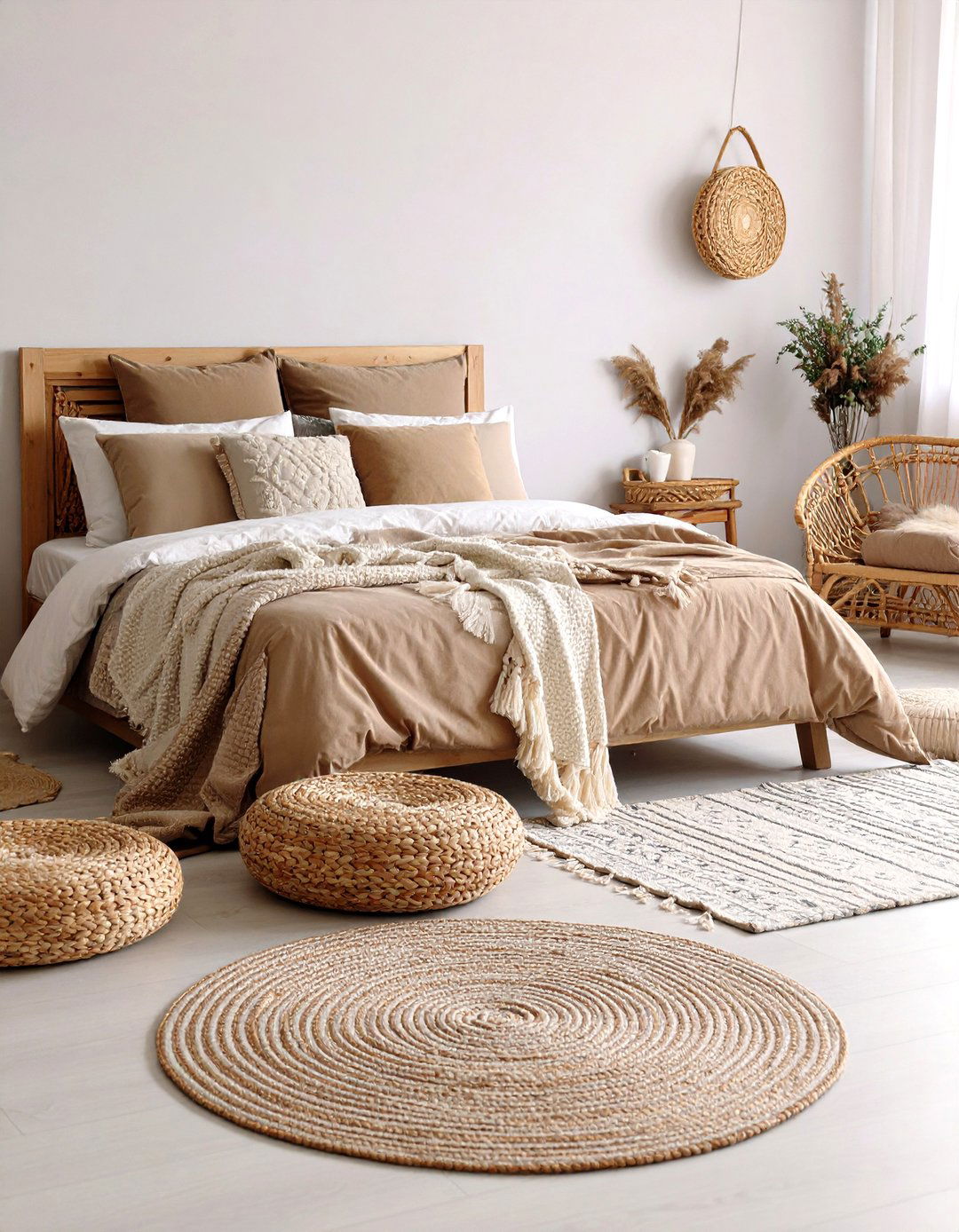
Mix plush rugs, velvet pillows, faux fur throws, and woven baskets to add depth to a neutral backdrop. Texture layering prevents a monochromatic or minimalist room from feeling sterile—every surface becomes an opportunity for tactile contrast. For instance, a chunky knit blanket draped over a smooth duvet or a leather pouf beside a fluffy rug creates a cozy, inviting atmosphere that stimulates both sight and touch.
11. Create a Cozy Reading Nook
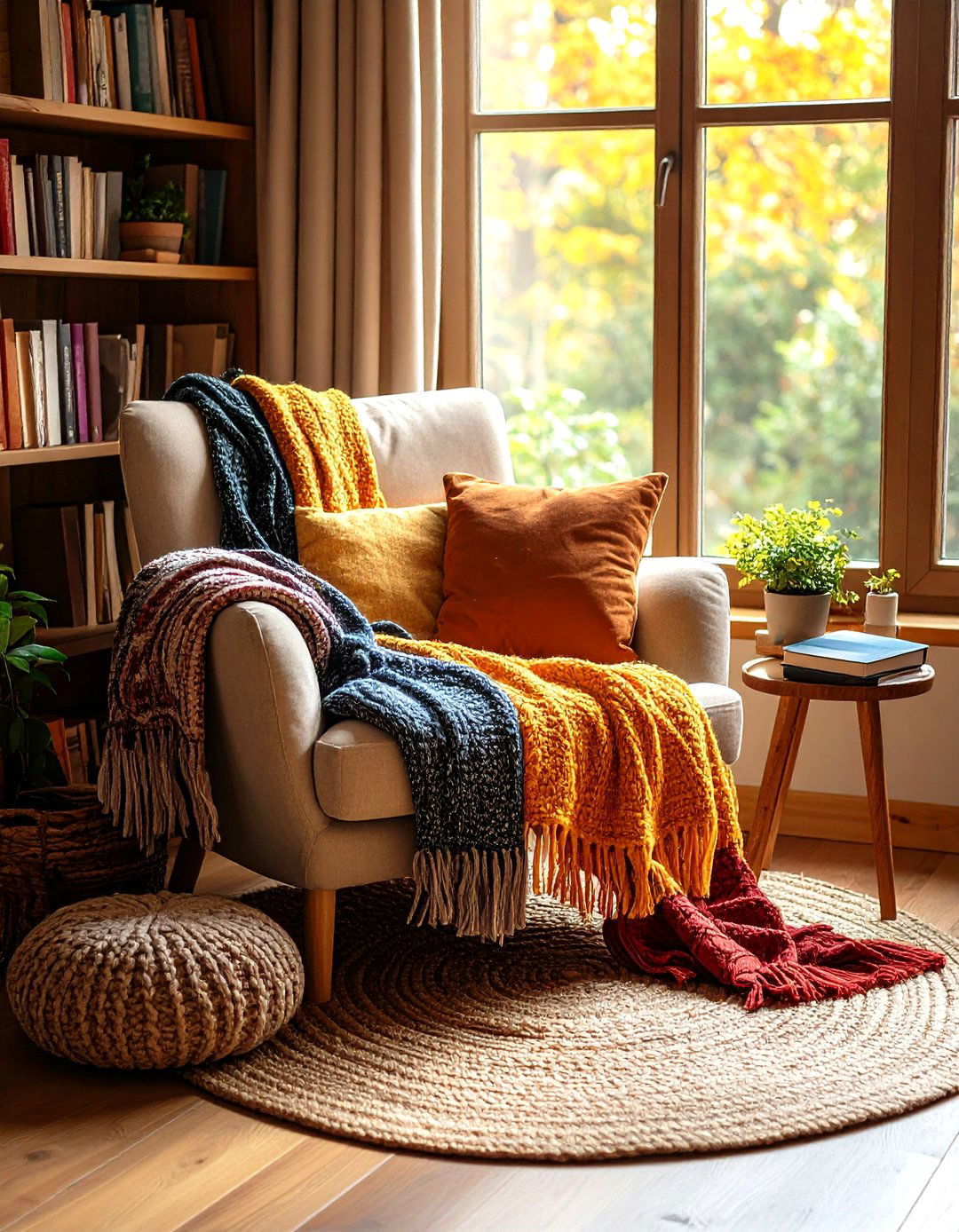
Carve out a corner with a comfortable chair or floor cushion, a small side table, and a dedicated book shelf for study breaks. Add soft throw blankets and adjustable task lighting to make the space inviting for late-night reading. If space is tight, tuck a portable ottoman under the desk that can be pulled out for seating when needed. A designated relaxation spot signals your brain that it’s time to unwind, improving focus during study sessions.
12. Use Desk as a Nightstand Alternative
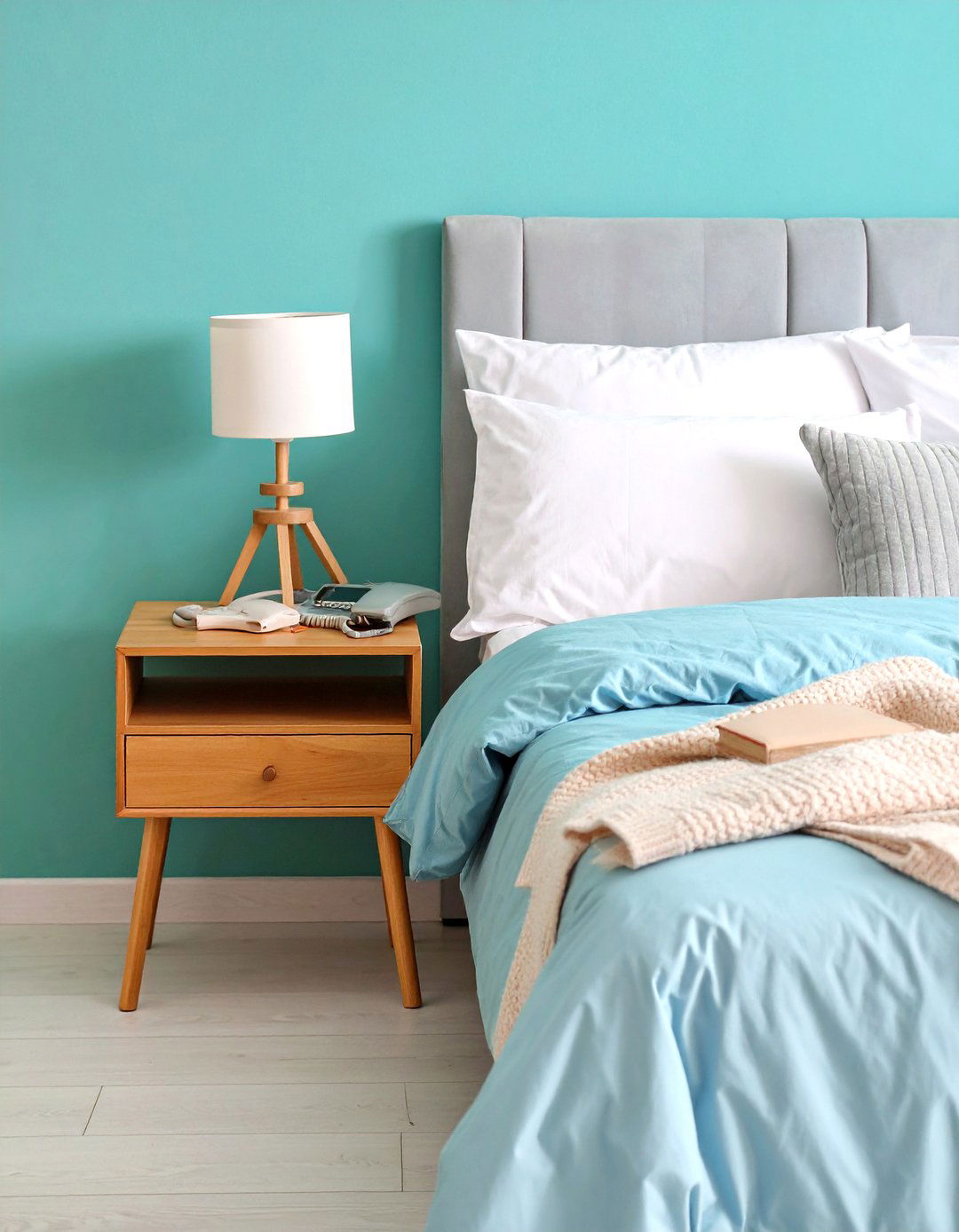
In micro-rooms, repurpose a small desk beside the bed to hold a lamp, phone, and bedtime essentials. This setup frees up floor space by combining study and sleep functions into one piece of furniture. Choose a desk with built-in drawers or add storage trays to keep bedside items tidy. When morning comes, simply switch on the task lamp and transition seamlessly into work mode.
13. Add Ambient Lighting with String or Neon Lights
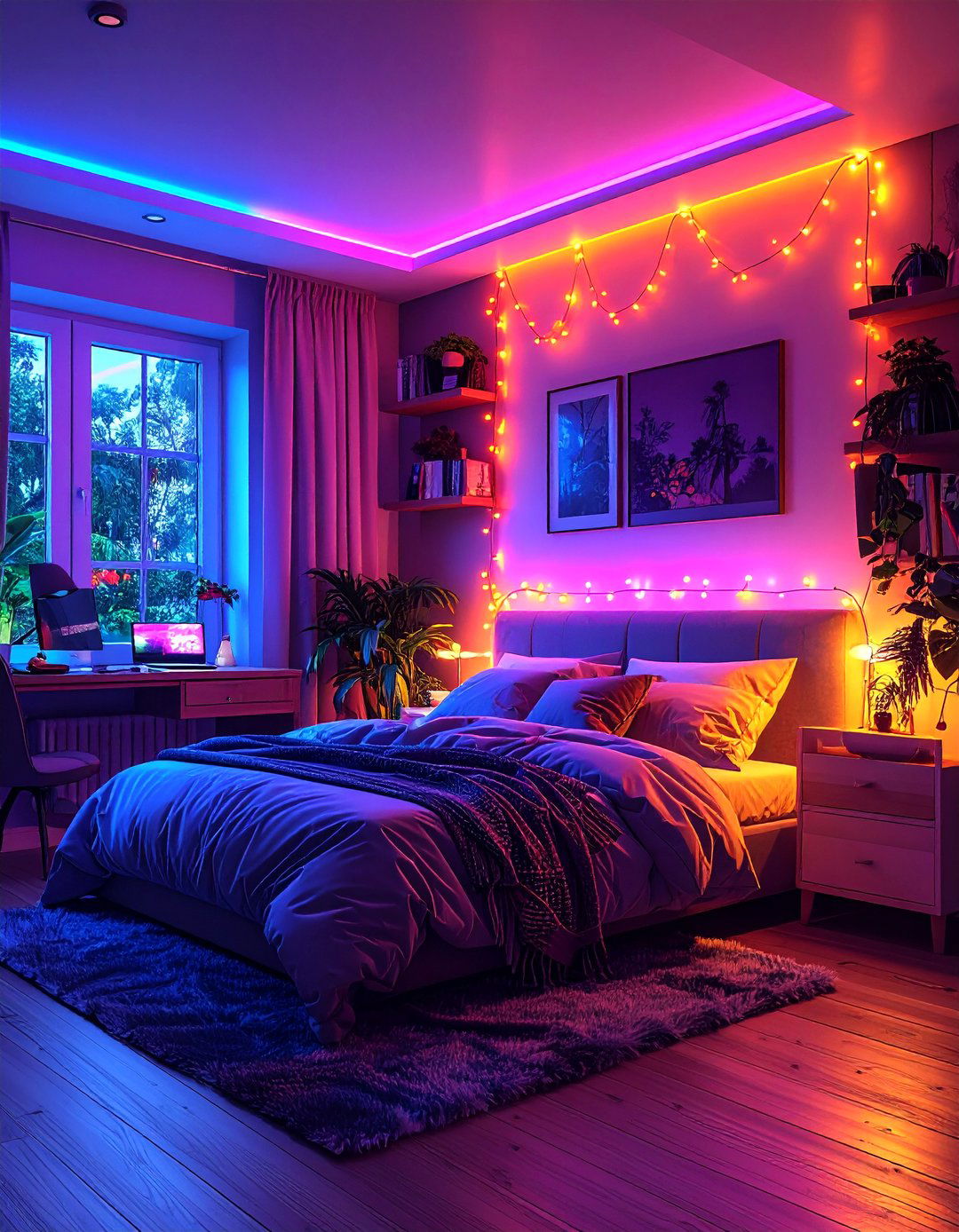
Soft, layered lighting defines zones and sets the mood without overpowering the senses. String lights draped around a headboard or window frame add a warm glow, while a subtle neon sign above the desk becomes a focal point by night. Always ensure switches are accessible so you can quickly adjust brightness and maintain healthy sleep patterns.
14. Layer Throw Pillows for Comfort and Style
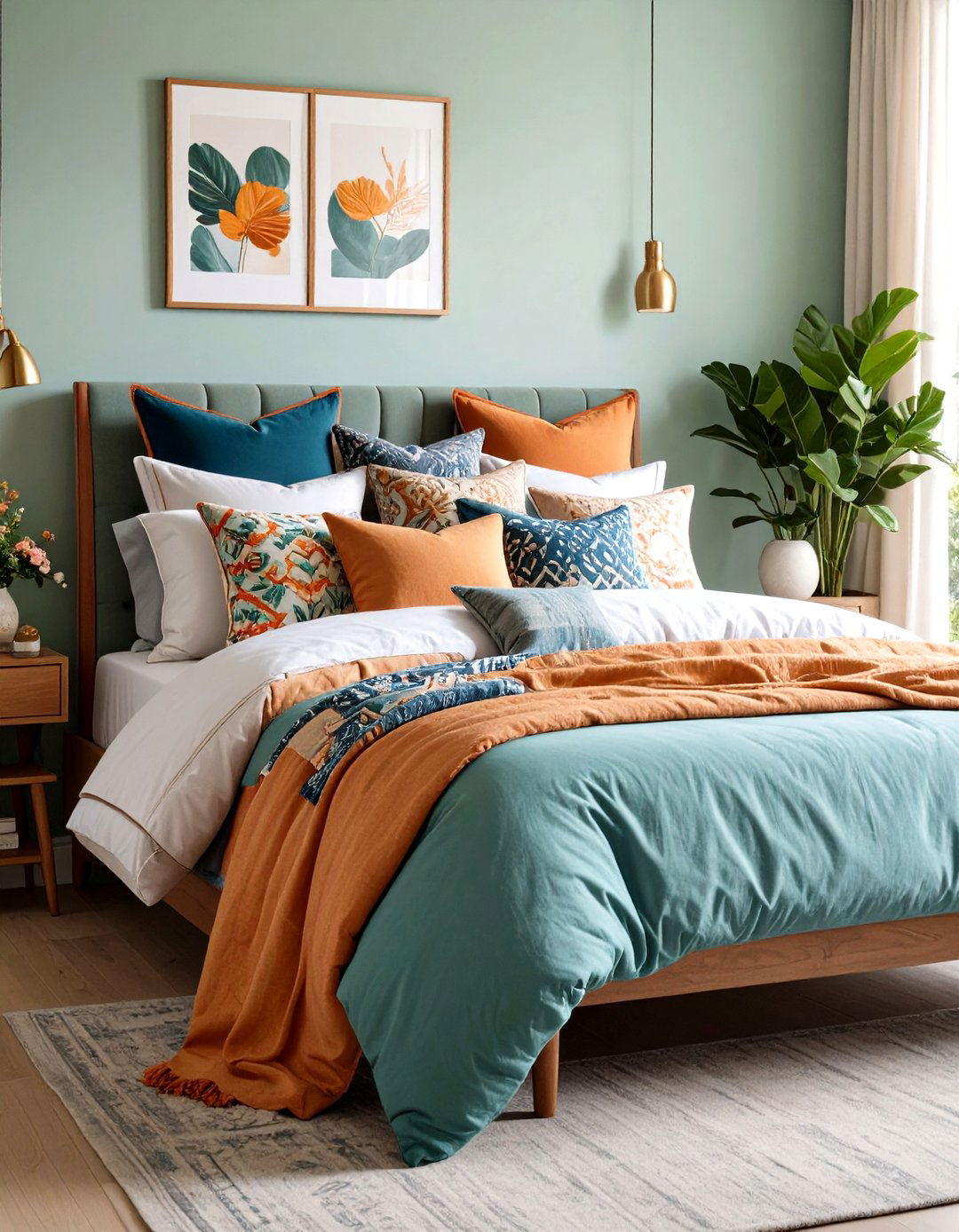
A mix of patterns, sizes, and textures creates a boutique-hotel vibe on your bed. Start with two matching euro shams for symmetry, add standard pillows in a coordinating hue, and finish with a lumbar or accent pillow to introduce pattern. This layering approach not only elevates the aesthetic but also offers extra back support when sitting up to study or read.
15. Hang Faux Vines or Tapestries
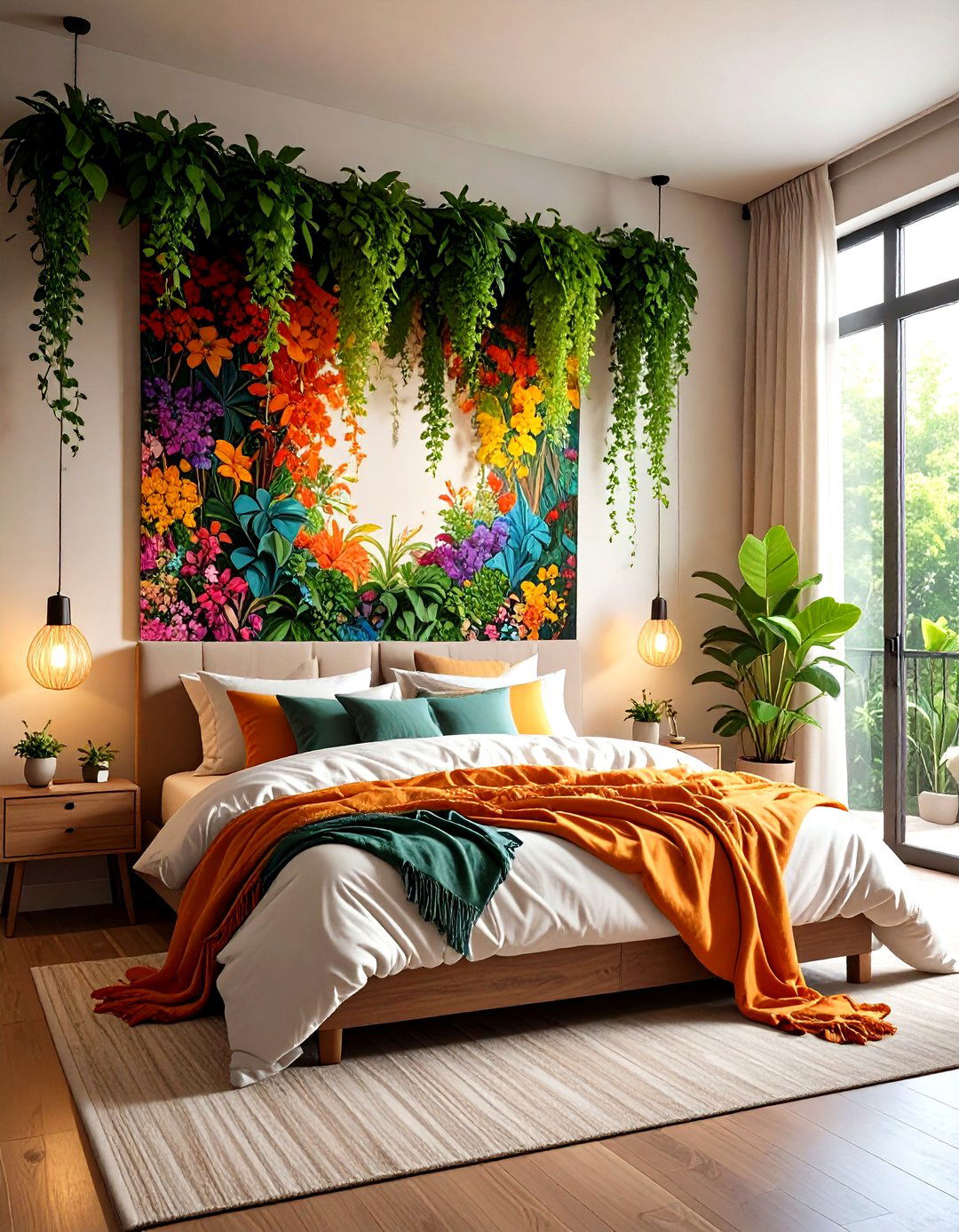
Cover blank walls with lightweight tapestry hangings or cascading faux greenery. These pieces conceal unsightly cinder blocks in dorms and introduce color, pattern, and dimension without damaging surfaces. Opt for removable command hooks to avoid wall repair fees. A tapestry can also serve as a backdrop behind the desk, creating an inspiring workspace.
16. Invest in Multi-Use Furniture
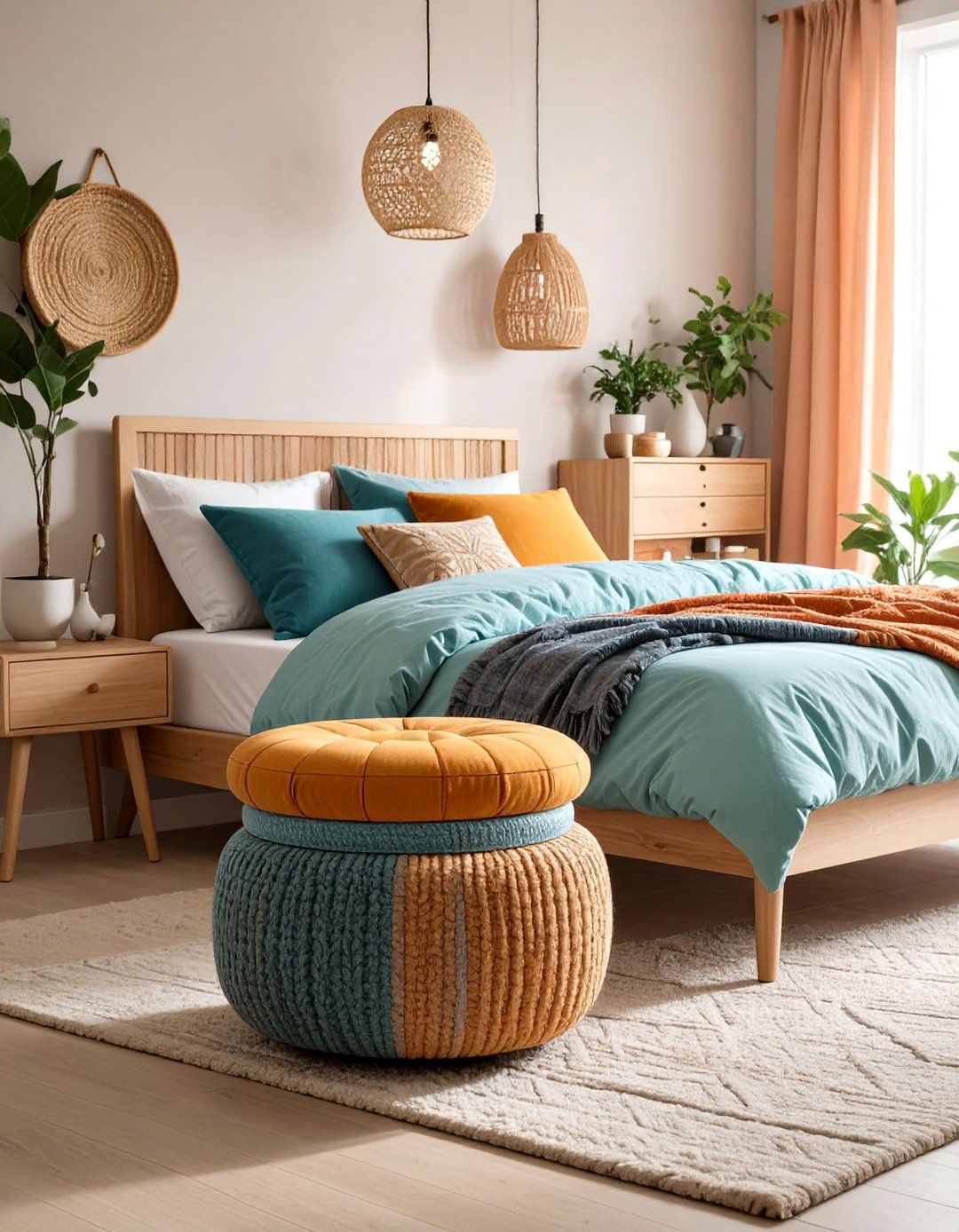
Select ottomans that double as storage trunks, or poufs that function as seats and side tables. When purchasing, consider risers for beds to increase under-bed clearance, and wall-mounted lights to free up tabletop space. Multi-use pieces reduce the number of items needed, simplify the layout, and help maintain an uncluttered environment.
17. Choose a Cohesive Color Palette

Limit your scheme to two or three complementary colors to avoid visual chaos. A consistent palette ties together disparate elements—bedding, rugs, curtains—making the room feel intentional and spacious. Softer tones reflect light better, enhancing the sense of openness, while darker accents can ground the design when used sparingly.
18. Incorporate Clever Wall Decor
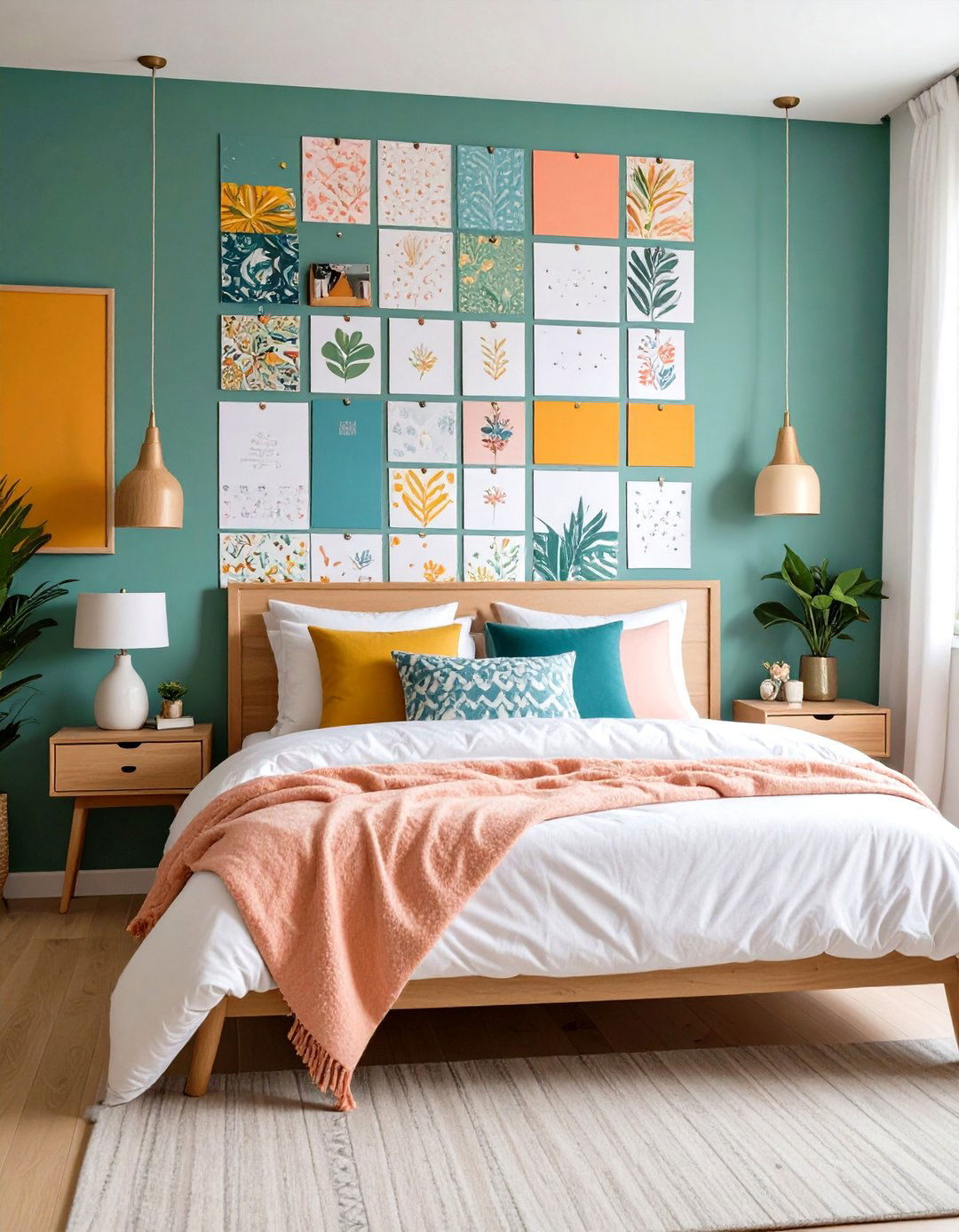
Use student-approved hacks like peel-and-stick wallpaper, washi tape patterns, or magnetic boards for notes and photos. These options are removable, affordable, and allow frequent updates to reflect evolving tastes. A magnetic board doubles as an organization tool for timetables and reminders, keeping study materials front and center without cluttering the desk.
19. Create a Bookshelf Headboard
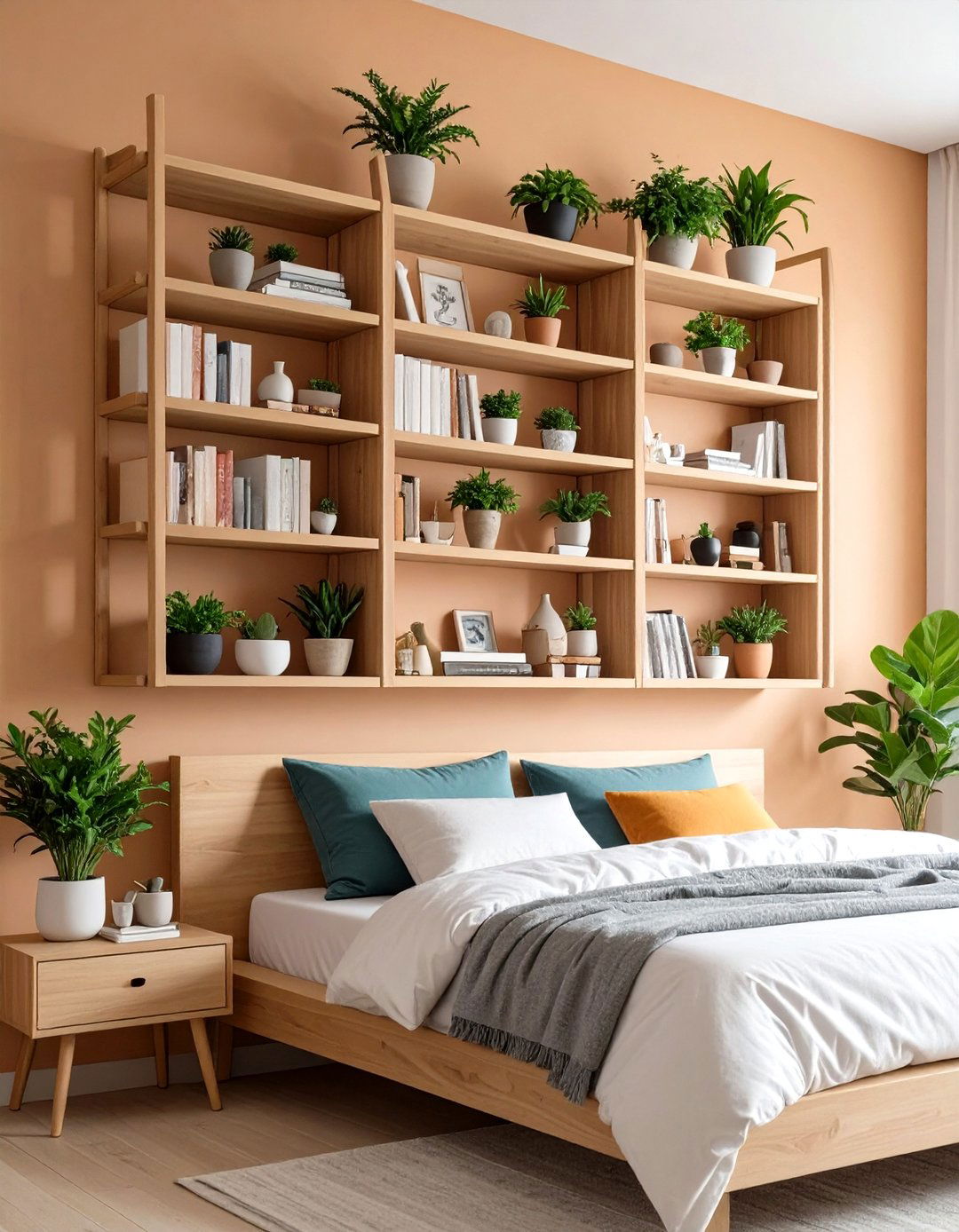
Install narrow shelves horizontally above the bed to hold reading materials, trinkets, and small plants. This “bookshelf headboard” frees floor space and creates easy access to bedtime reading. Styling the shelves with personal items also gives the room character. Be sure to secure mounting hardware properly, as this shelf supports lighter objects rather than heavy books.
20. Budget-Wise DIY Decor and Organization
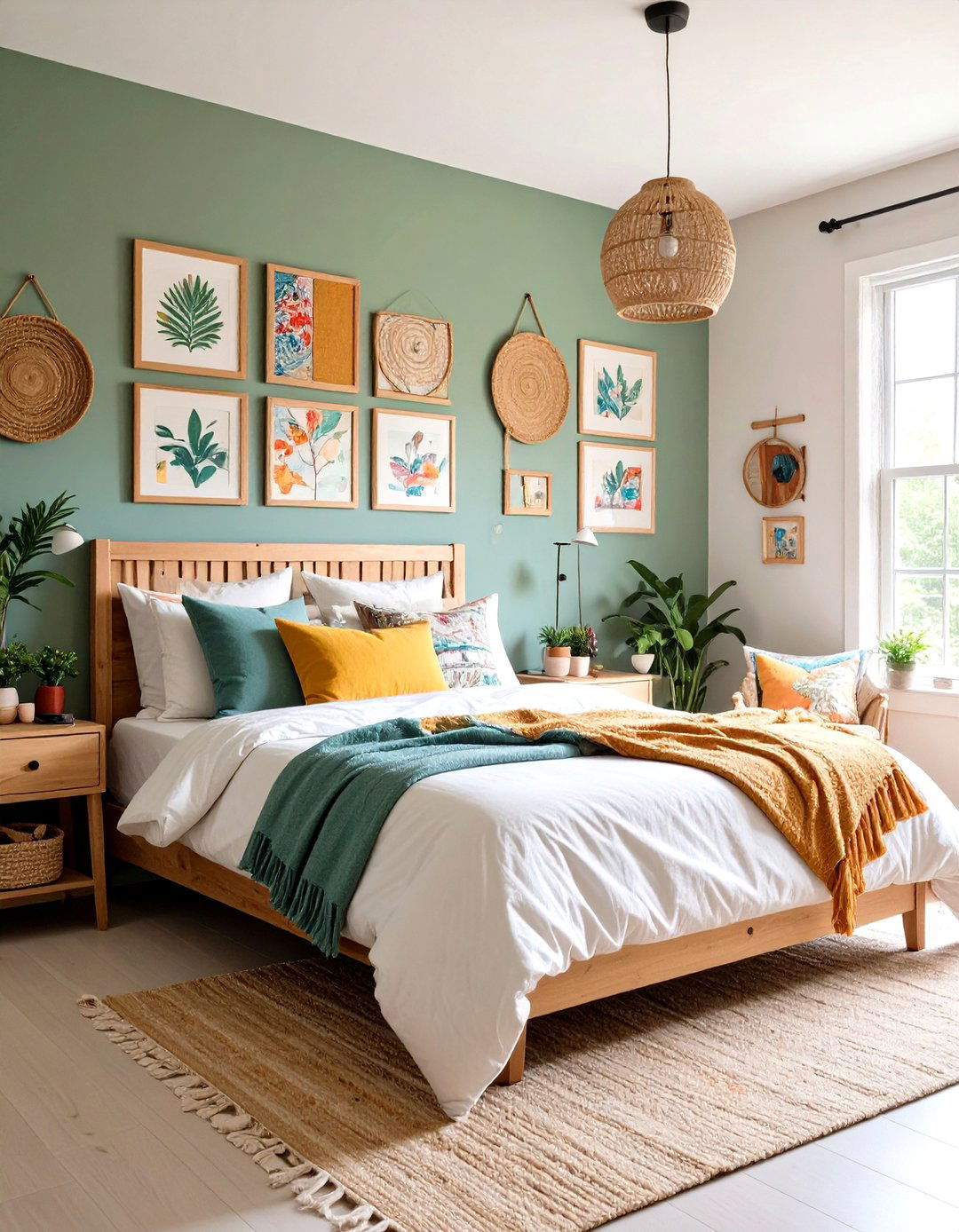
Get creative with thrifted frames, fabric-covered bulletin boards, or upcycled jars as desk organizers. Personalize inexpensive finds with spray paint or decoupage, and repurpose everyday items—like magazine holders for school supplies or shoe organizers for toiletries. DIY projects not only stretch your budget but also result in unique pieces that tell your story.
Conclusion:
By blending smart layouts, multifunctional furnishings, and personal accents, any student bedroom can become a sanctuary for both study and rest. Whether you’re maximizing a tiny dorm cubicle or optimizing a spare room at home, these 20 ideas offer a roadmap to a well-organized, inviting, and stylish space tailored to your needs and budget.


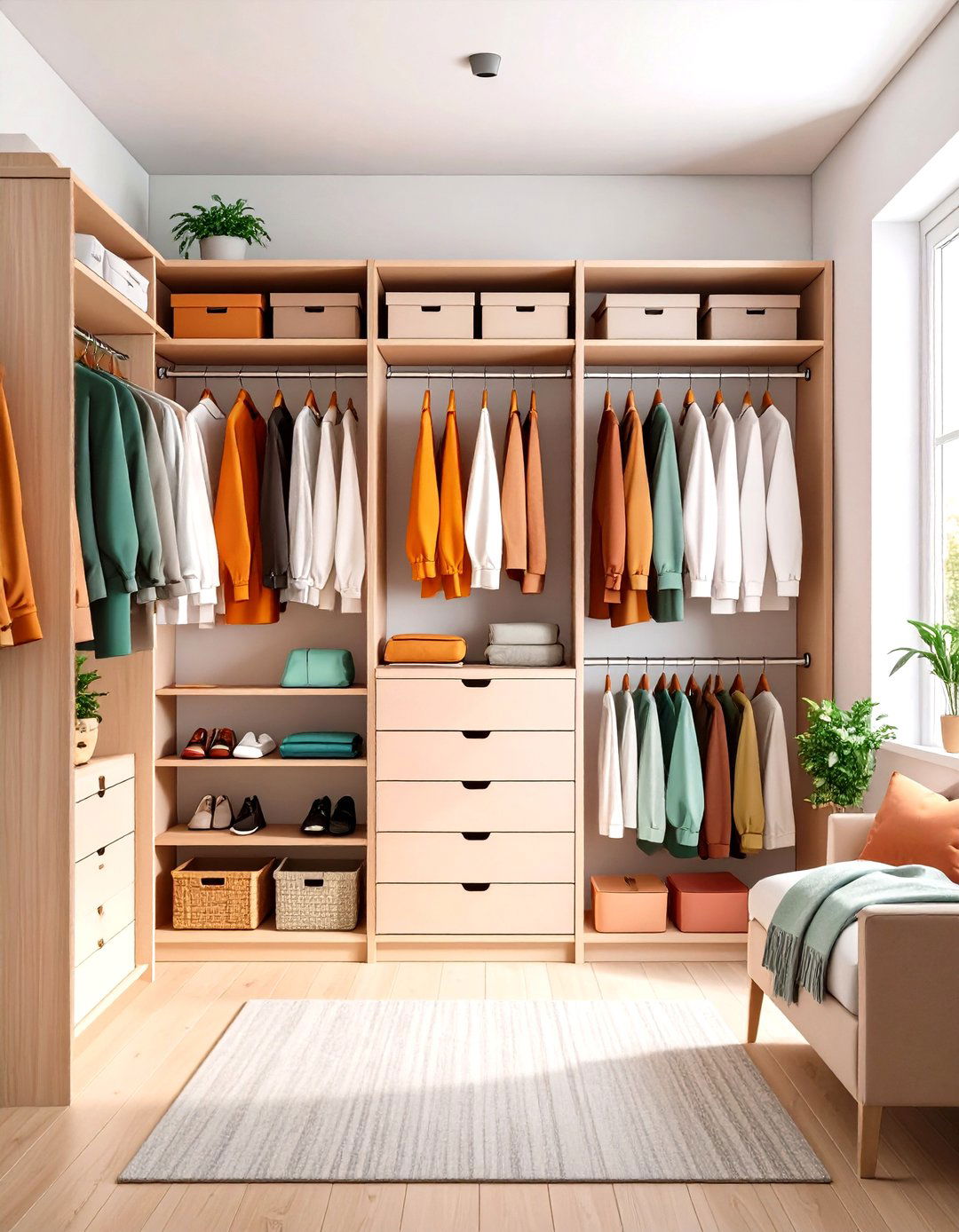

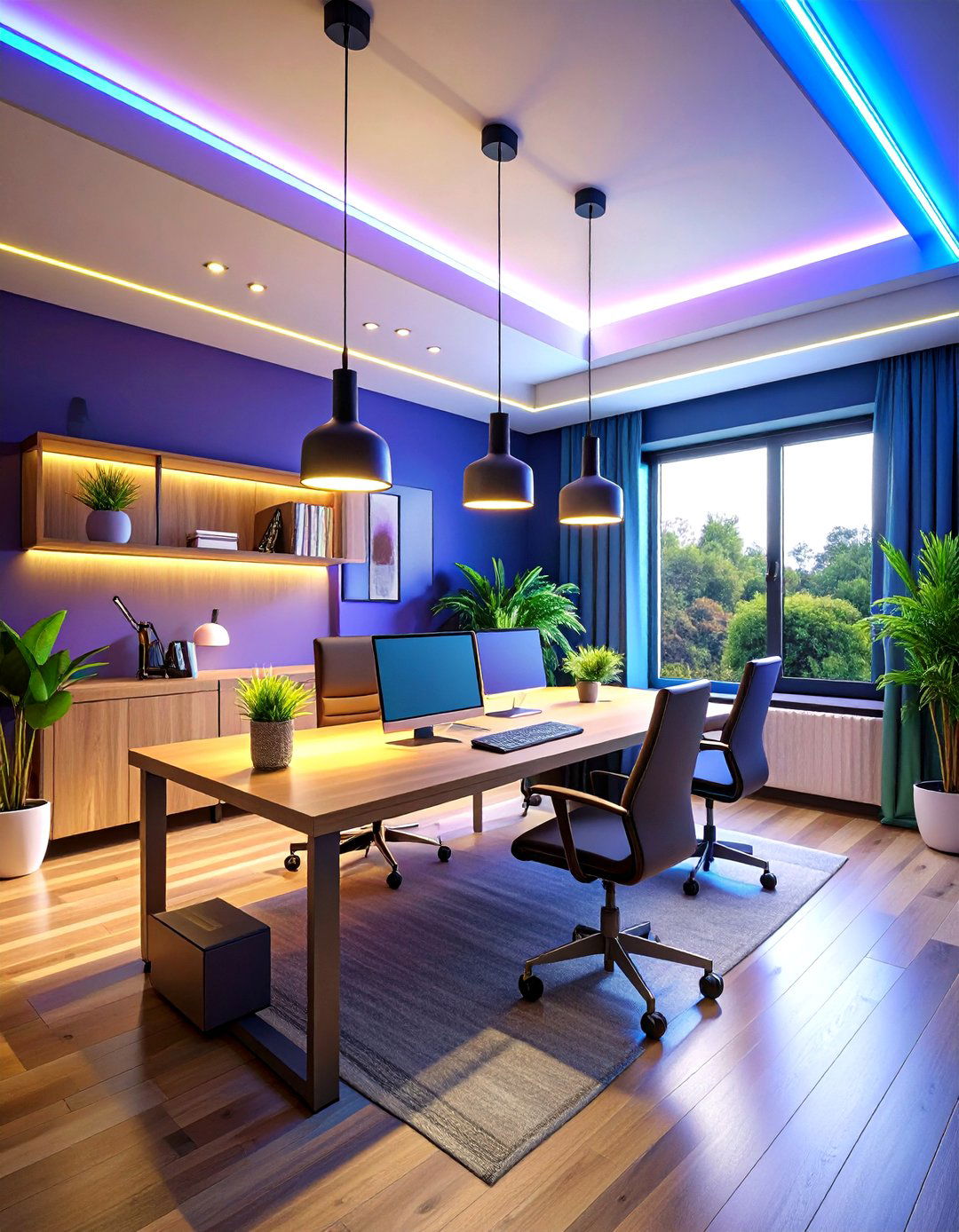
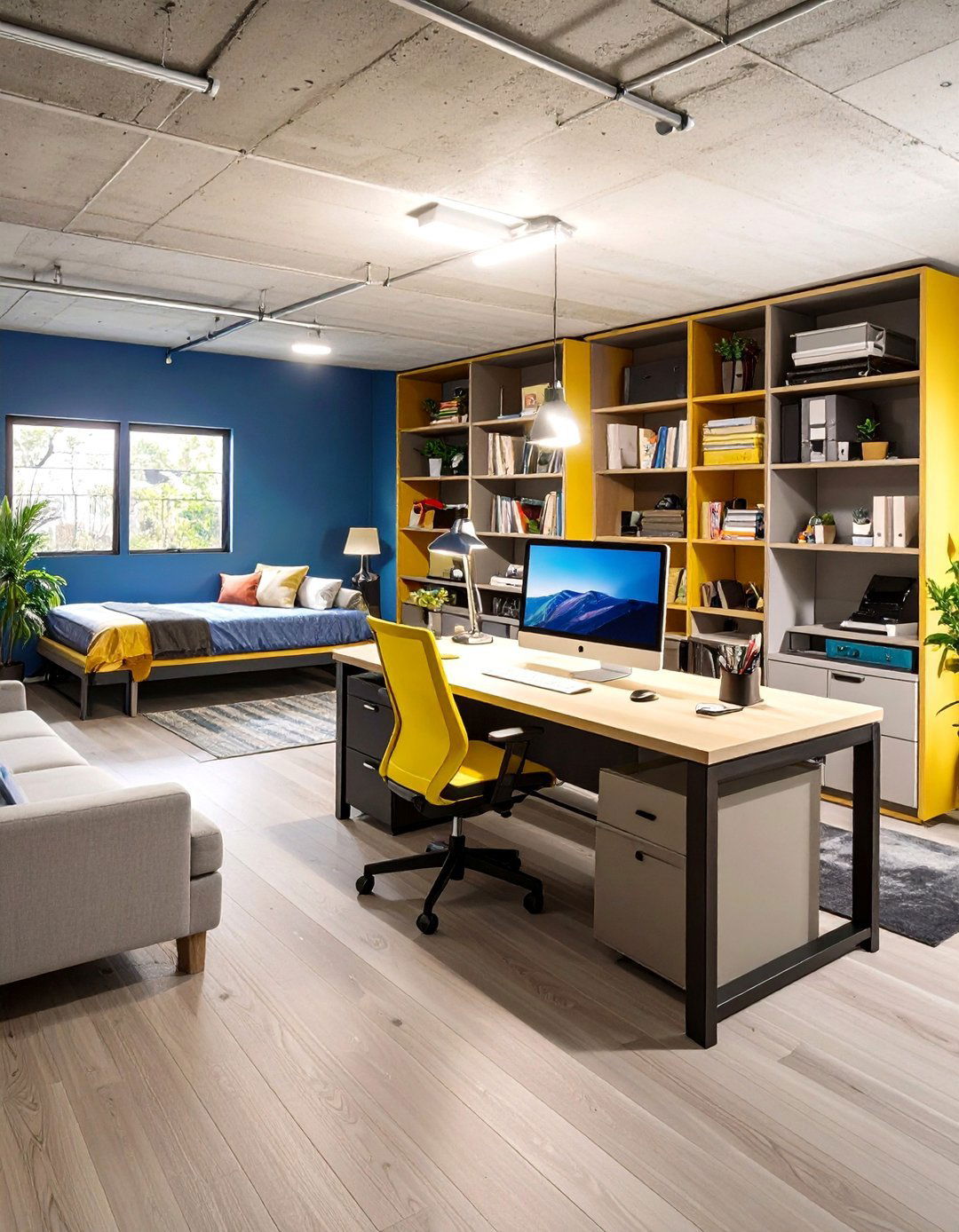
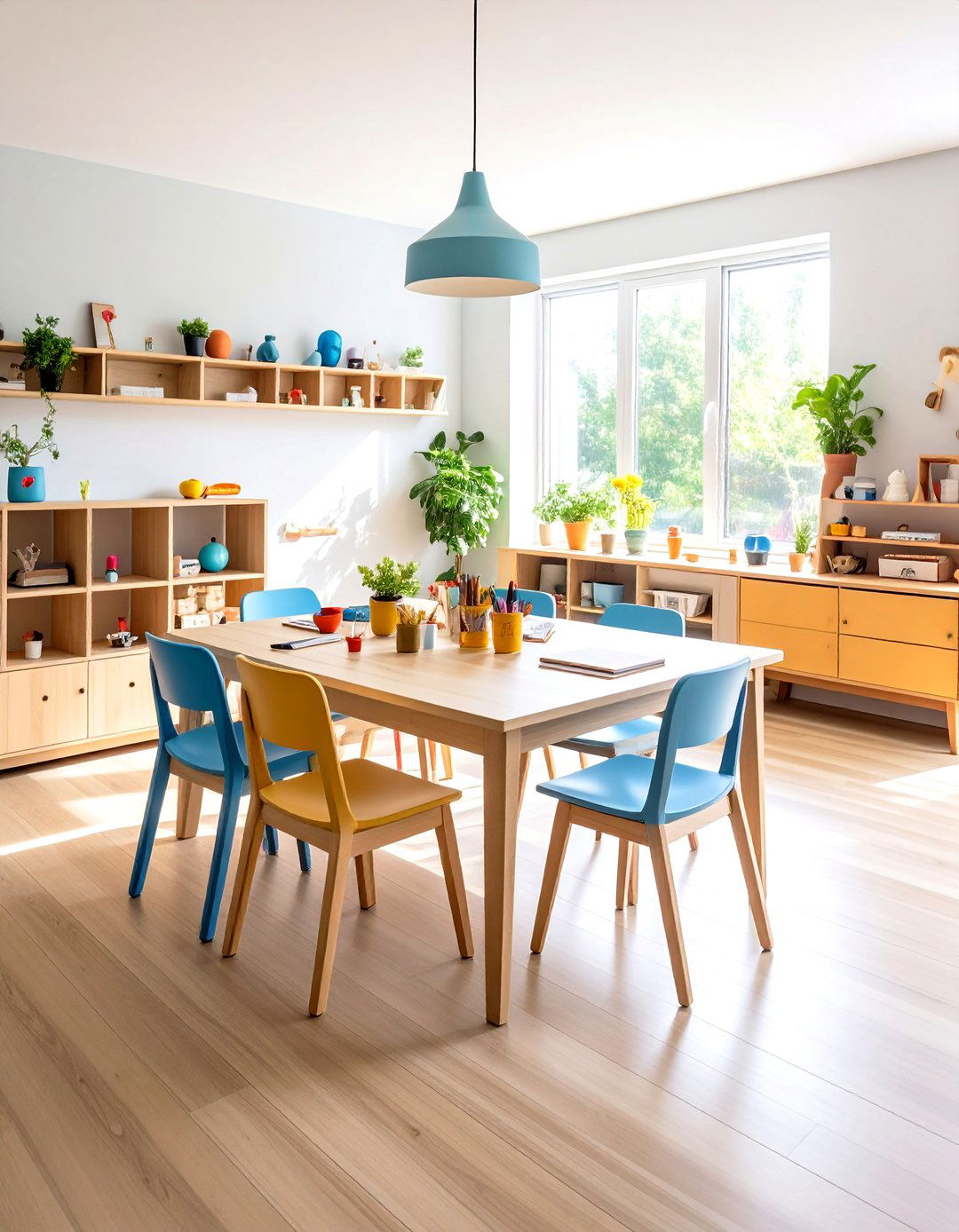
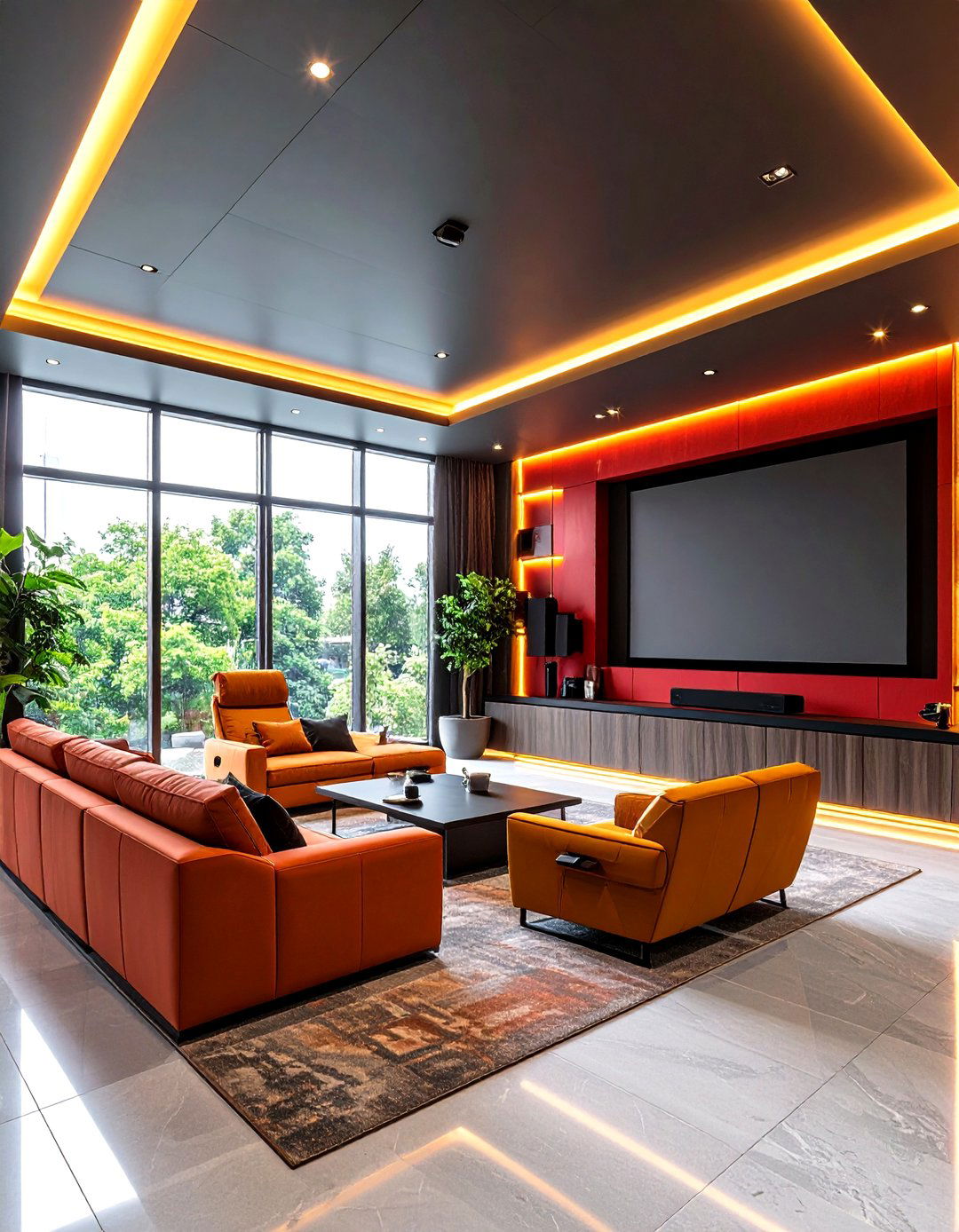
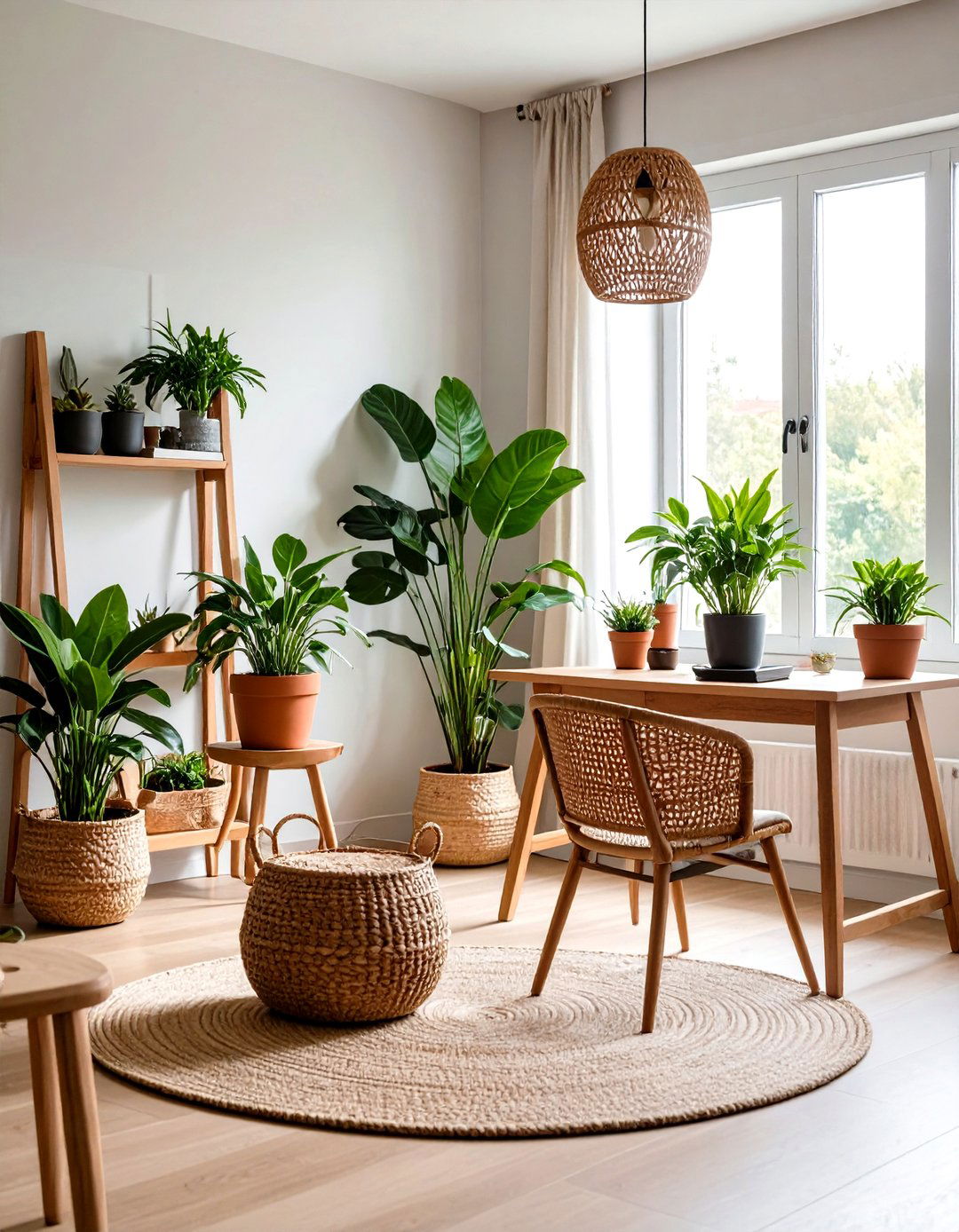
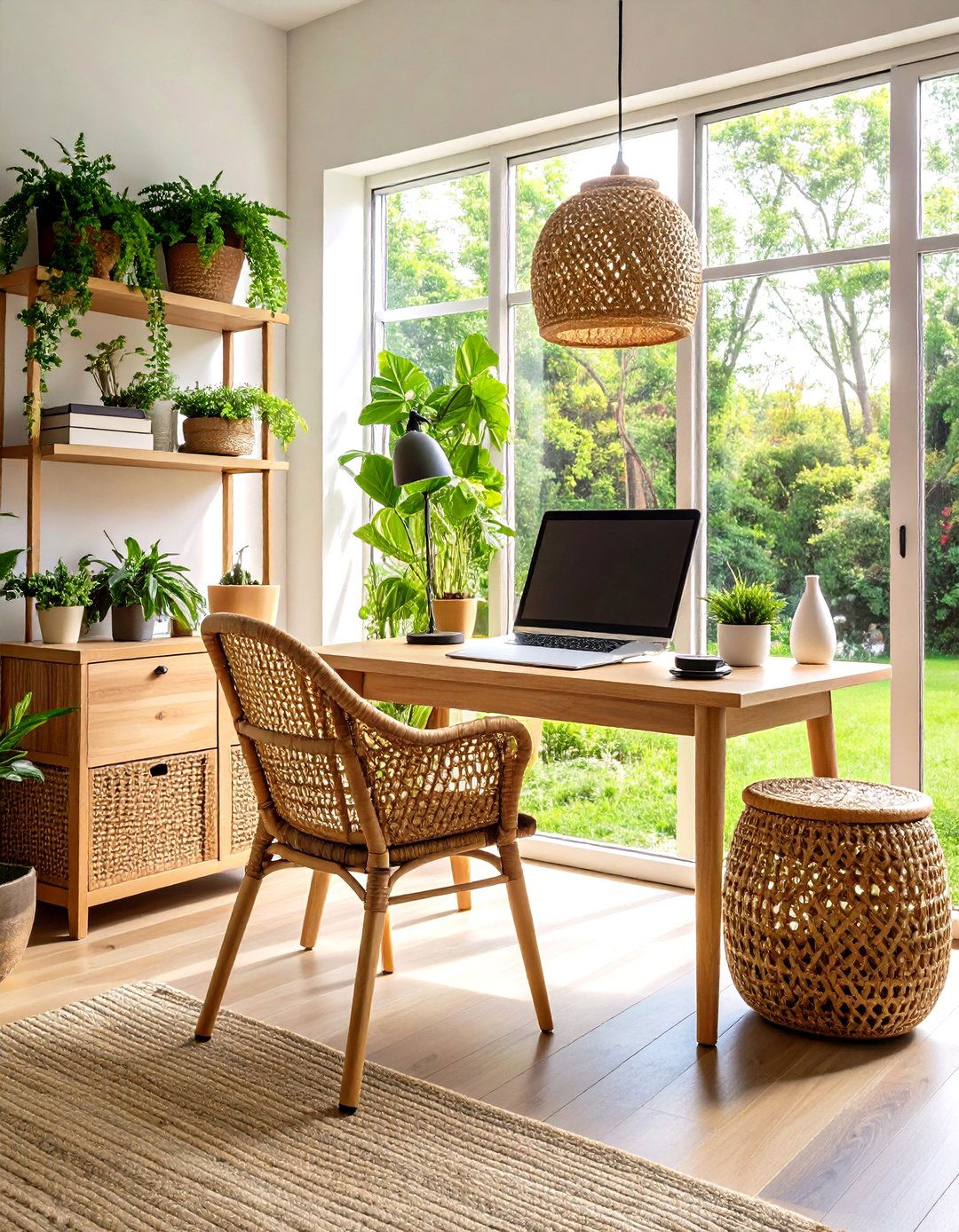

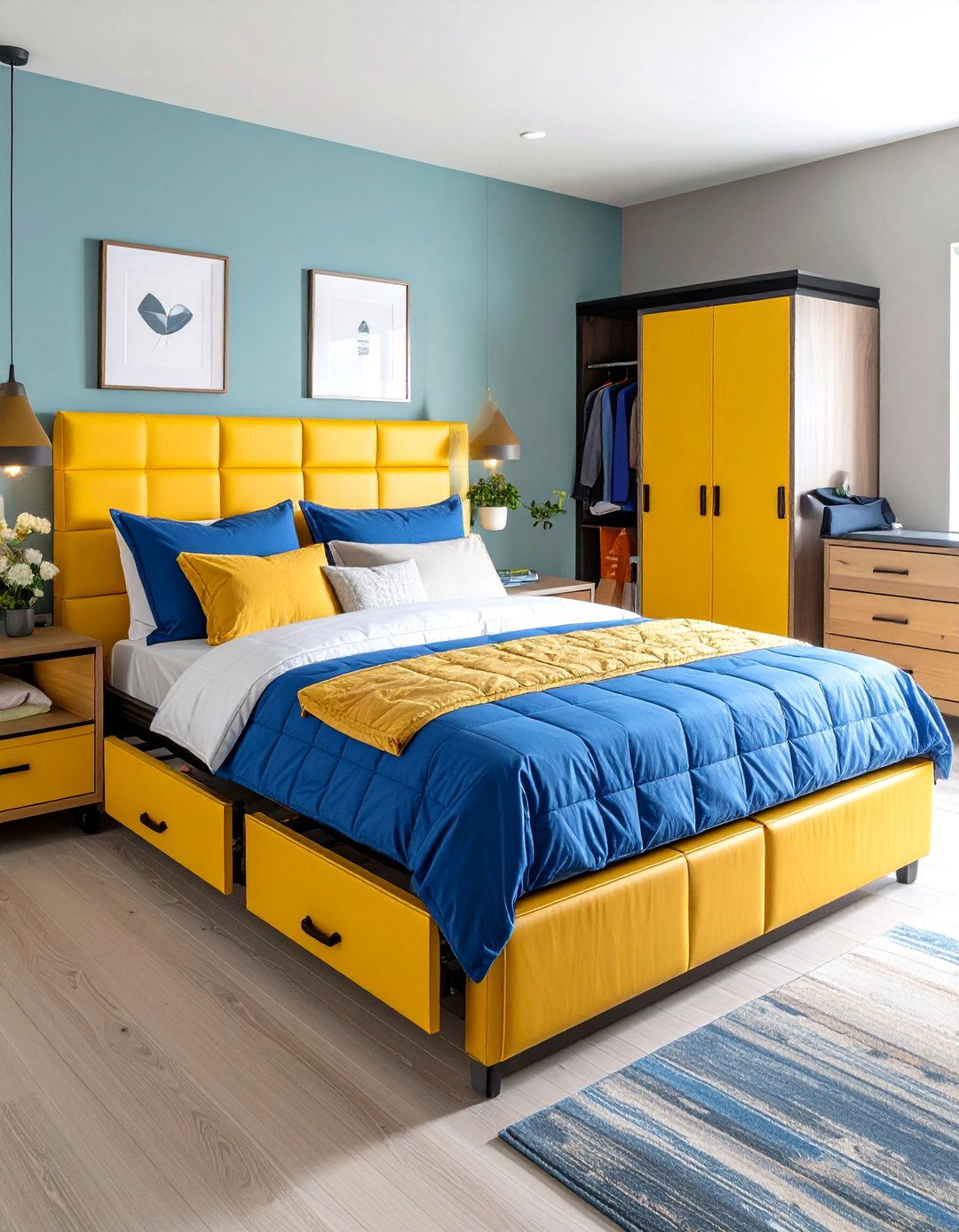
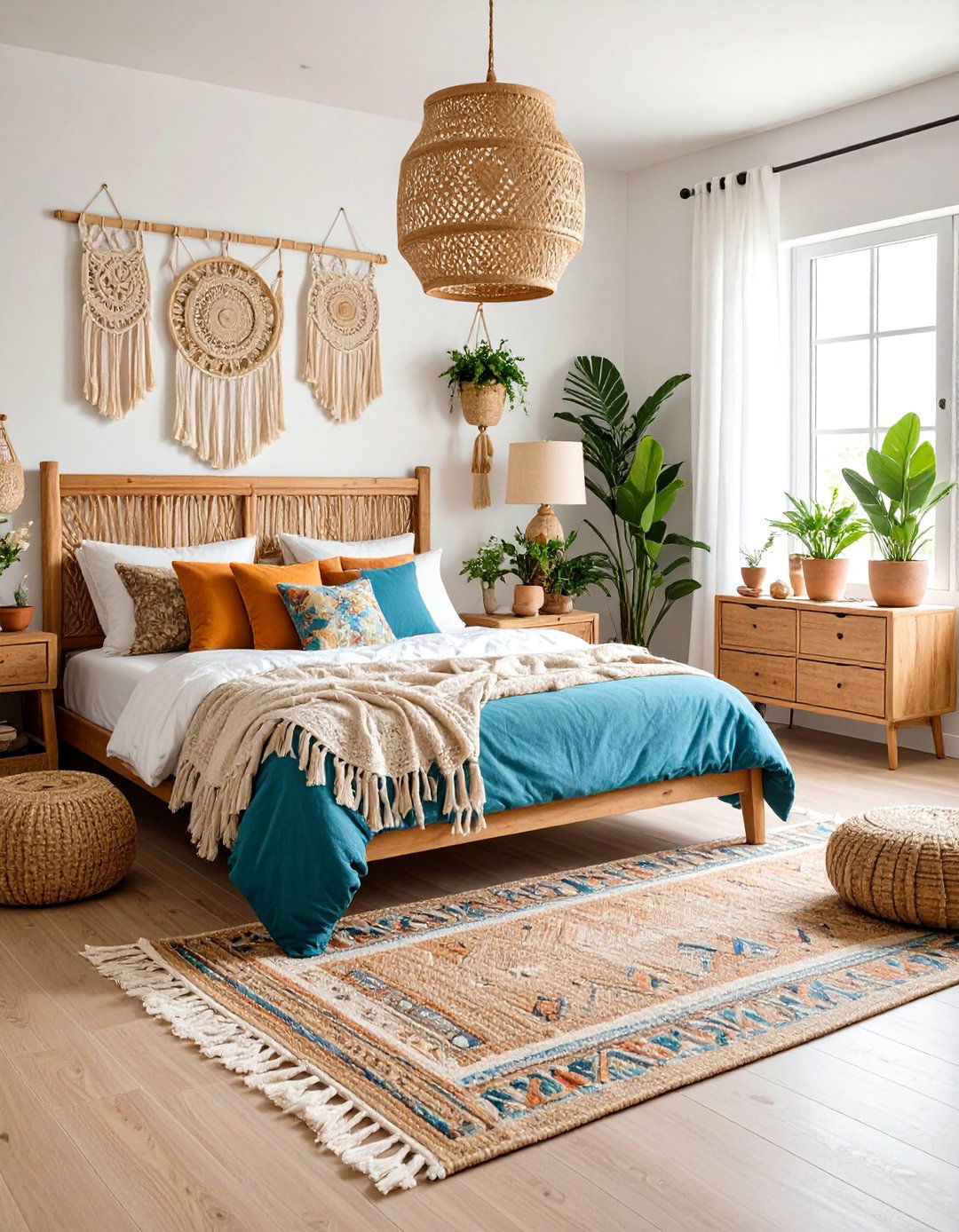

Leave a Reply